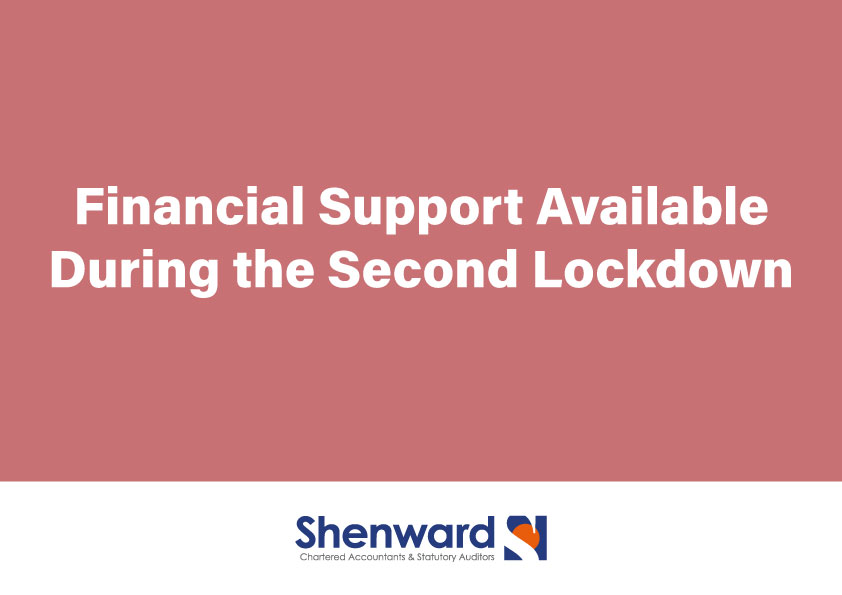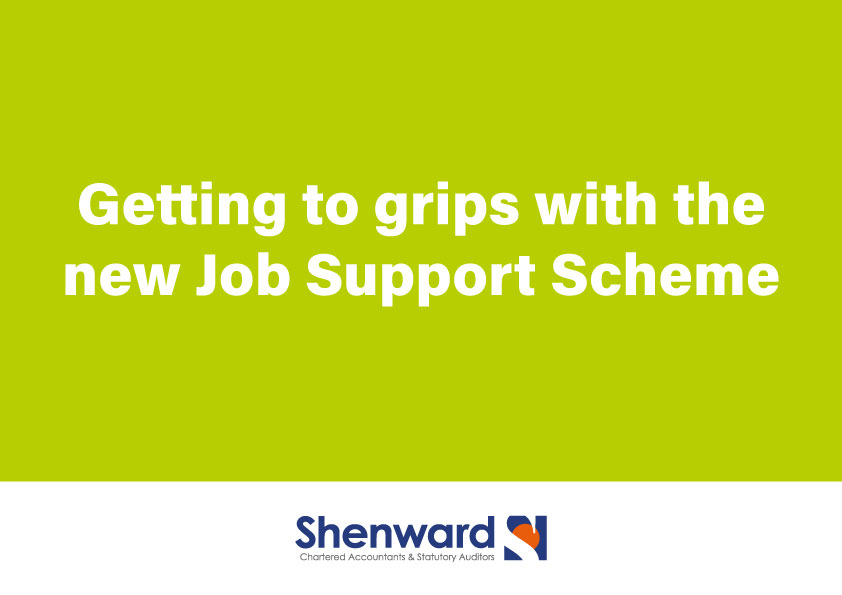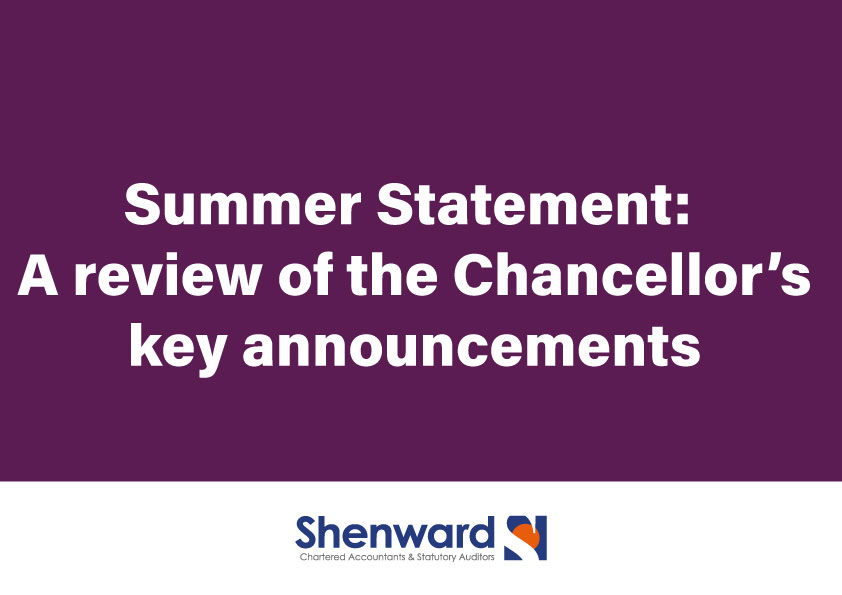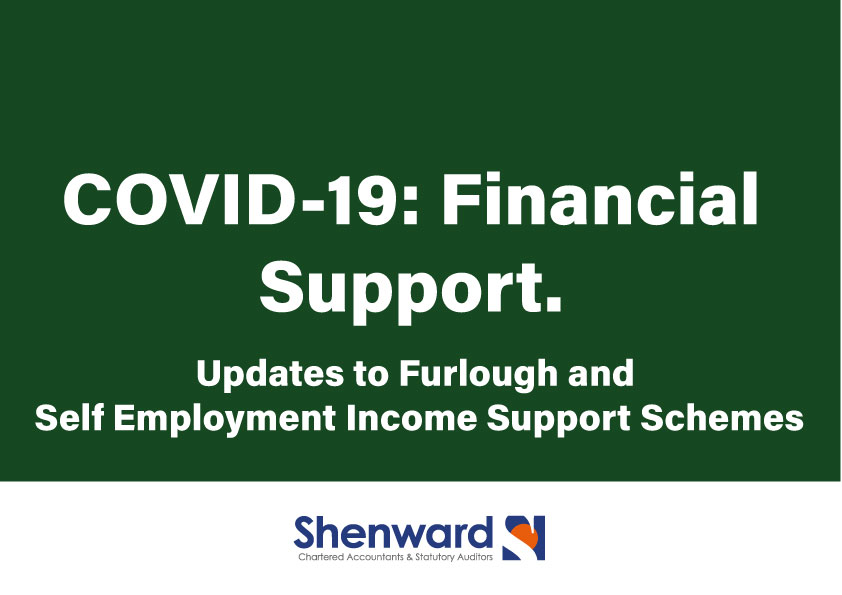Although Britain left the EU in January 2020, its relationship with the EU has remained the same until the final cut-off date, December 31st.
With Covid-19 dominating the news agenda and Brexit feeling somewhat pushed into the background, the final cut-off date is quickly looming, and the government’s negotiation skills are still working towards better trade deals for UK businesses.
Currently, there are no UK-EU trade deals reached, but the UK and EU agree in a couple of areas:
- Workers’ rights
- Competition
- Environmental policy
These areas have become level playing fields, which the EU is adamant that the UK must stick to, however the UK wants the freedom to move away should it please – this is where the UK and EU are clashing heads resulting in a no-deal.
What does Brexit mean for EU and UK trade, if a deal isn’t reached?
If the EU and UK can’t make a formal agreement it would mean UK businesses would have to trade under rules set by the World Trade Organization (WTO). These rules are basic and would affect UK businesses in a number of ways, including:
- Tariffs would be applied to most goods when UK businesses send goods to the EU
- UK goods would be more expensive and harder to sell in Europe
- WTO rules would also mean more border checks for goods, causing greater delays
- The UK service industry would also lose access to European markers
What Brexit means for non-EU trade deals?
The government has continued to push forward talks with non-EU countries, securing trade deals with Japan, seeing 99% of UK exports there being free of tariffs. Trade with Japan amounts for around 2% of the UK’s total market value.
The government is also in trade talks with the US, Australia and New Zealand.
How does Brexit affect business planning for 2021?
With Brexit still very much in the air and negotiations still under review, you’re probably asking yourself what can I do now?
Good business plans must account for different potential scenarios and outcomes, so there are a few areas you can start to think about and plan around to get you off to a good start come the Brexit deadline.
Business planning, here are a few areas you can start to think about:
Get to know how Brexit affects your sector.
If you work in hospitality for example, employing EU employees may become more difficult once the deadline hits. Be prepared to plan for additional costs should your business have to cover visa or additional admin costs.
Those who import and export may experience delays on goods entering and leaving the country. Put in place a plan that acknowledges these potential issues and how you will look to overcome them, the aim is for the end user of your business to feel as little impact as possible
Be prepared to adapt.
If you’ve always traded in a specific region and this area has now become affected by additional taxes and is no longer profitable, your business model may need to adapt so that it’s more fluid and can be slot into new territories easily. Look into the government’s established trade deals and see where a good opportunity for your business may be to explore and start to think and plan around different potential scenarios, now.
Understand the rules put in place to date.
If your business requires regular travel, there are already new rules in place that you can learn about and plan for. Gathering an understanding information on the new rules now, will allow you to acknowledge any potential cost implications, adding these into your 2021 budget will allow for you to forecast more accurately.
Preparation is key.
Make sure that you consider cash flow impact on paying VAT and duty tax when importing goods, being aware of potential new costs will help you plan better for the year ahead and remember to register for EORI number to clear goods as they come into the country.
For more business planning advice, you can get in contact with us here.










